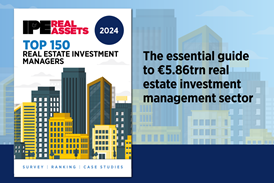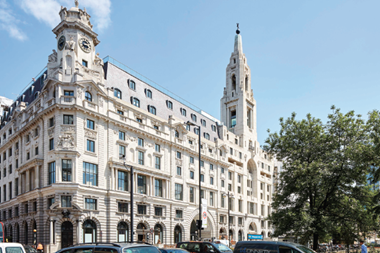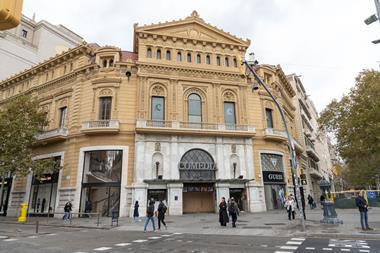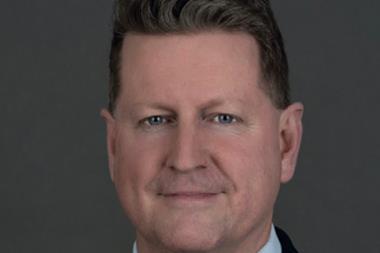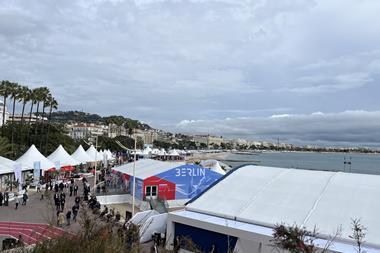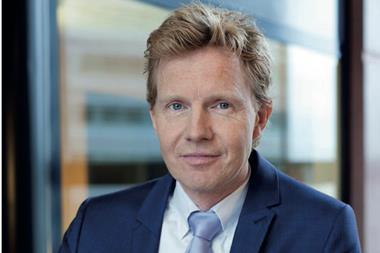Green Street Advisors has sounded a warning that a slowdown in the technology industry clustered in and around San Francisco could feed through to local office and residential markets.
The Bay Area, home to Silicon Valley in the south, has been one of the biggest beneficiaries of a US – and global – tech boom. Only Austin, Texas had higher job growth than San Francisco and San Jose between 2010 and 2015.
But a slowdown in local venture capital investment could reflect a wider cooling of what has been one of America’s hottest real estate markets in recent years. This time, with memories of dot com crash of 2000, the venture captalists “are on close lookout for the indicators of the top of the market”, Green Street says.
The warning comes at a time when San Francisco-headquartered Twitter has reported another quarter of disappointing results and Verizon has bought Yahoo, one of the original Silicon Valley creations that has been trying to reverse a decline in fortunes in recent years.
There is little doubt that a softer tech sector is causing a slump in property demand in the Bay Area’s three sub-markets, the company says.
While it has often taken several quarters for weaker economic data to affect office fundamentals, “leasing activity is on pace for the slowest year since early this cycle, and net absorption, while still positive, is also decelerating”. Much of the office absorption so far in 2016 reflected completion of pre-leased space, “and may give a rosier picture of current market health.”
Cap rates for office and apartment properties in the Bay Area have risen since tech job growth rates began to decline last summer. San Francisco office cap rates have increased 10bps to 4.1%, while apartment cap rates have risen 20bps to 4.3%.
Weaker property prices reflect the slowdown in job growth, Green Street says, and it’s “the change in quality of jobs recently created that separates the markets”. San Jose is expected to fare better since its home to many larger, better-established tech companies.
Tech job growth in San Francisco has plunged to an annualised rate of 4.5% – from more than 8% in 2015 and 12% in 2012 – while growth in San Jose has stayed in the 6-8% range since 2012.
But while investors – both venture capitalists and office landlords – fret over the fortunes of internet companies, others have identified real estate opportunities relating to biotechnology.
Earlier this year, TIAA Global Asset Management invested $263m (€239m) in two life science office buildings in San Francisco. The US institution has pumped more than $519m into buildings and campuses that combine office space with sophisticated research laboratories for life sciences companies over the past 12 months. Most recently, it invested $256m in two San Diego assets.
With increased research spending on the horizon, life science is a promising new sub-sector for institutional capital seeking to boost returns while reducing exposure to property dependent on traditional digital companies. It is also an area that requires specialised knowledge to develop or retrofit property to meet the requirements of scientific researchers.
Life sciences clusters stand out from the tech crowd. Based on research in hard science, biotech, pharma, and medical devices, life science companies require property that can house laboratories and systems for advanced equipment that goes far beyond the creative space that has come to symbolise the modern tech office.
TIAA has made all of its investments to date in collaboration with Alexandria Real Estate Equities, a California-based real estate investment trust (REIT) focused on science and technology campuses in urban innovation clusters.
It marks a new approach for TIAA. “We typically don’t invest with real estate operating companies, but, we believe Alexandria is a best-in-class company for the life sciences industry,” Michael Boss, a director on the West Coast real estate acquisitions team for TIAA, told IPE Real Estate.
Founded in 1994, Alexandria specialises in developing, owning and leasing properties that serve leading life science companies, which usually form clusters around world-class universities and medical institutions. Life science clusters are found across the US, allowing Alexandria and its investors to deploy capital in markets diversified by geography and scientific focus.
The company’s allocation of capital for actual and projected construction and completed acquisitions as of 2015 mirrored the major markets in the US, with 46% deployed in Cambridge/Greater Boston, 23% in Torrey Pines, California and the adjacent University Town Center in San Diego, and 9% in the Mission Bay/South of Market districts in San Francisco. New York City, with a burgeoning life science center, accounted for 4% of capital.
Life science companies in San Diego – where TIAA’s most recent investment took place – were seeking more than 1.4m sqft of additional space in the fourth quarter of 2015, according to Cushman & Wakefield. Much of the demand came from multinational pharmaceutical and large-cap biotech tenants. The overall market comprised 13.2m sqft at the end of last year.
“The demographics for this industry are very strong,” Boss said. “The population is ageing, people are going to be living longer and more companies are taking advantage of this factor. There also is very limited supply of new life science properties in many markets.”


